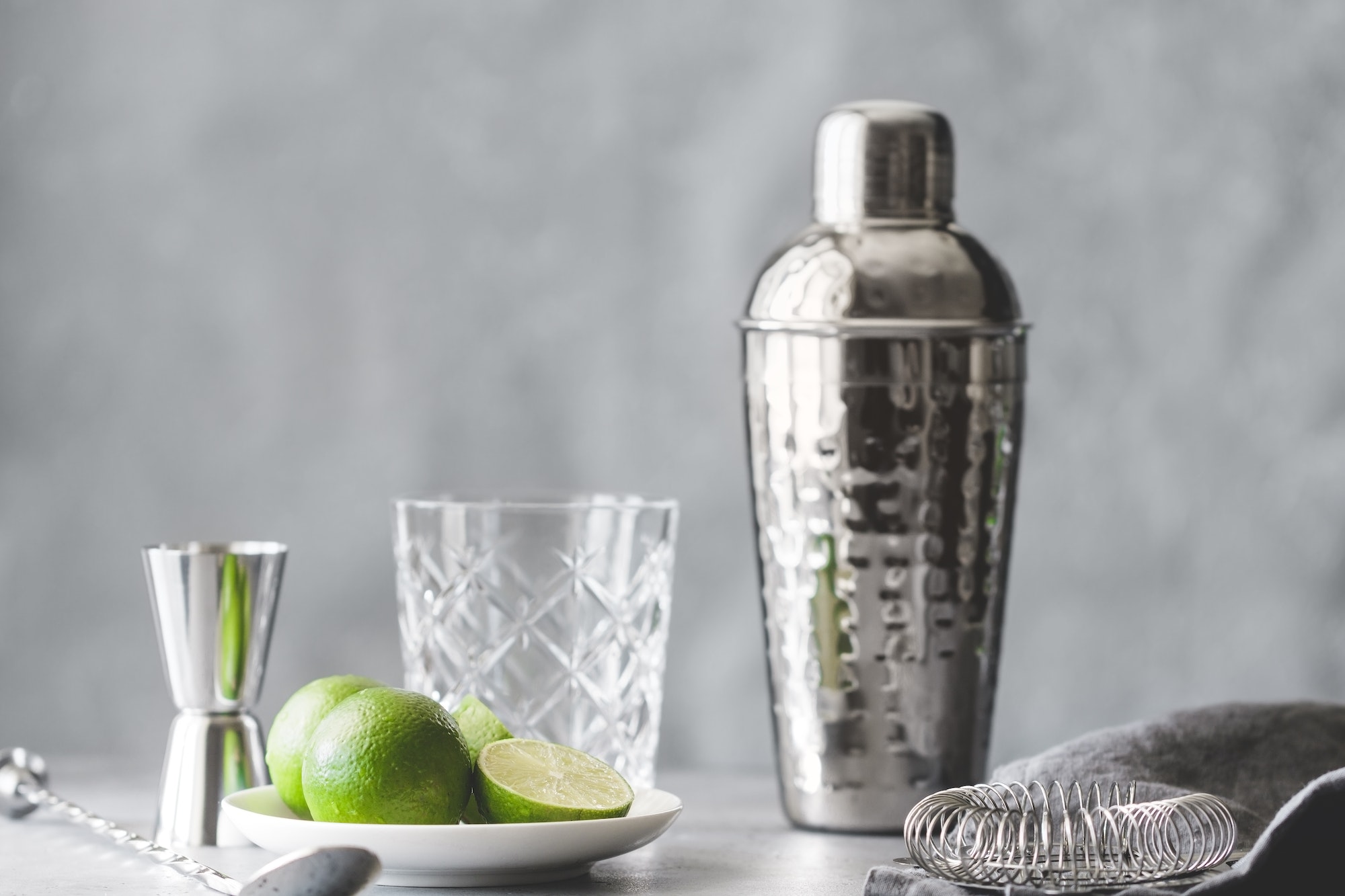For cocktail enthusiasts and aspiring mixologists alike, crafting the perfect artisanal cocktail is an art form that requires precision, skill, and a keen understanding of the tools at hand. Among these essential tools are the bar spoon and the shaker, both of which play crucial roles in creating a balanced and well-mixed drink. The choice between stirring and shaking a cocktail can have a significant impact on its taste, texture, and presentation, and understanding when to use each method is key to achieving the desired result.
Stirring is the preferred method for cocktails that consist primarily of clear spirits or liqueurs, as it gently combines the ingredients without introducing air bubbles or diluting the drink too much. A bar spoon is the ideal tool for this task, as its long handle allows for easy maneuvering in tall mixing glasses, and its twisted design facilitates a smooth stirring motion. To properly stir a cocktail, fill a mixing glass with ice and add the ingredients. Then, insert the bar spoon and gently glide it around the inside edge of the glass in a circular motion. The goal is to create a gentle whirlpool effect that will evenly mix and chill the ingredients without causing excessive dilution or cloudiness.
Shaking, on the other hand, is best for cocktails that include fruit juices, cream liqueurs, or other opaque ingredients that require more vigorous agitation to fully integrate. Shaking also introduces air bubbles into the mixture, making it frothy and more visually appealing. To shake a cocktail properly, fill a shaker with ice and add the ingredients. Seal the shaker tightly and hold it with both hands—one on the top and one on the bottom—then shake vigorously for 10-15 seconds. This will ensure that all components of the drink are thoroughly combined and chilled.
The type of shaker used can also affect the quality of your cocktail. There are three main types of shakers:
- Cobbler shaker: This is the most common type of shaker, consisting of a metal or glass container with a built-in strainer and a cap. It’s easy to use and ideal for beginners but can be prone to leaking if not sealed properly.
- Boston shaker: This two-piece shaker consists of a large metal tin and a smaller glass or metal mixing glass that fits inside. It requires a separate strainer and a bit more skill to use, but it offers more control over the shaking process and is less likely to leak.
- Parisian shaker: Similar in design to the cobbler shaker, this two-piece shaker features a metal container with a tight-fitting cap. It also requires a separate strainer, but its sleek design and ease of use make it a popular choice among professional bartenders.
In addition to the bar spoon and shaker, there are several other tools that can elevate your cocktail-making game:
- Jigger: A double-sided measuring tool used to accurately measure liquid ingredients for consistent results.
- Muddler: A long, blunt tool used to crush herbs, fruits, and spices in the bottom of a glass to release their flavors.
- Strainer: A tool designed to separate solid ingredients (like ice) from liquid when pouring cocktails from a shaker or mixing glass.
- Citrus press: A handheld device used to easily extract juice from lemons, limes, and other citrus fruits without seeds or pulp.
- Garnish tools: Tweezers, small knives, and peelers can help create intricate garnishes that add visual appeal and complementary flavors to your cocktails.
By mastering the art of stirring and shaking with the proper tools, you’ll be well on your way to crafting artisanal cocktails that will impress even the most discerning connoisseur.

